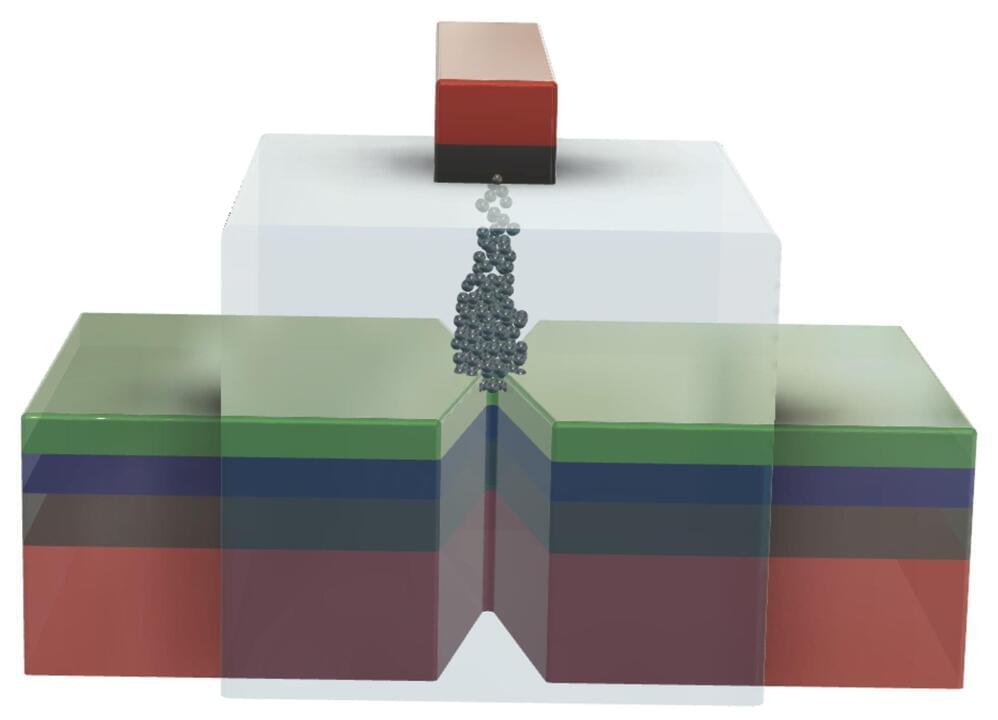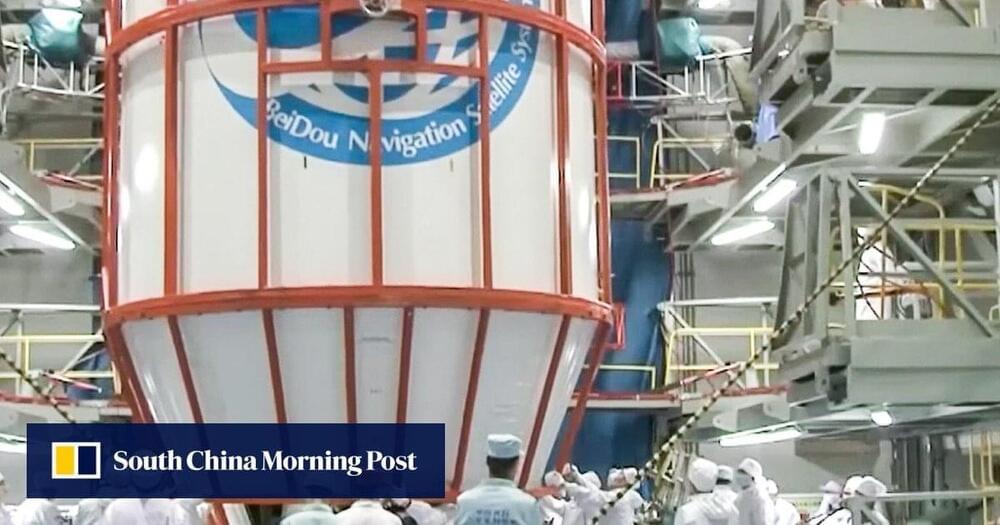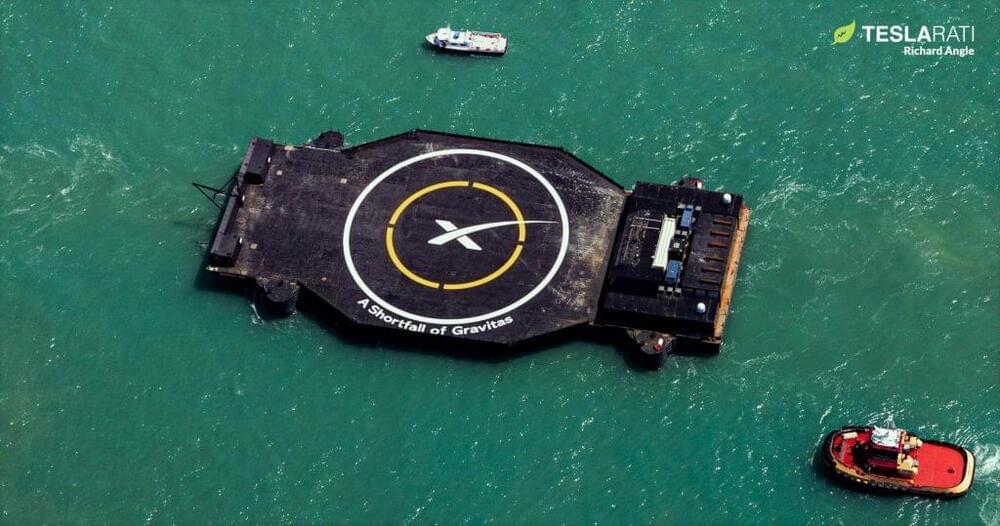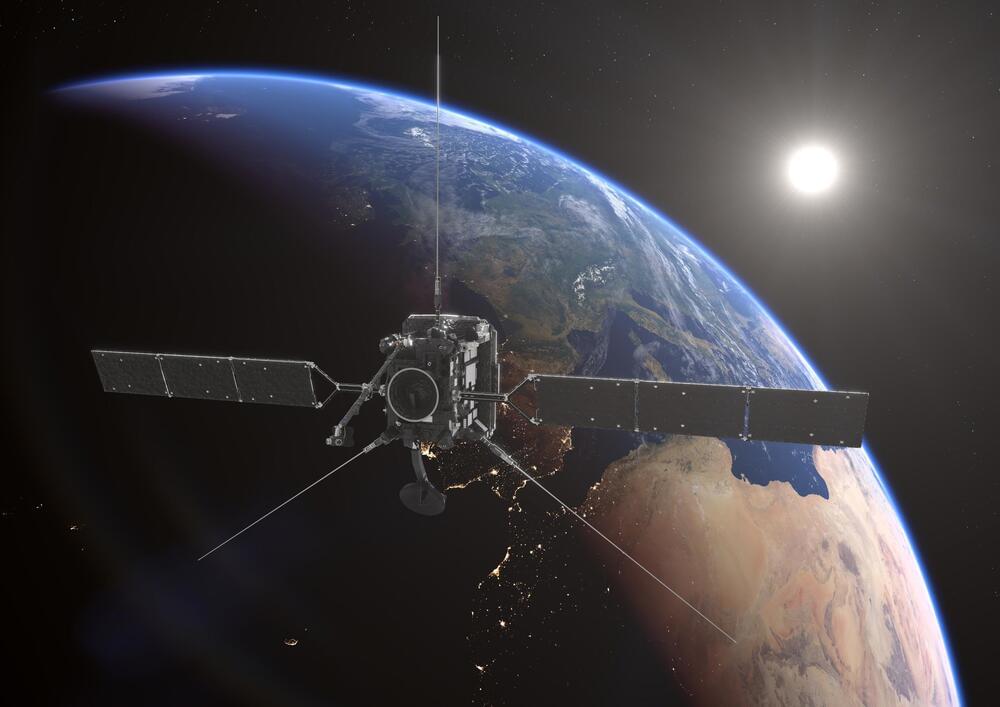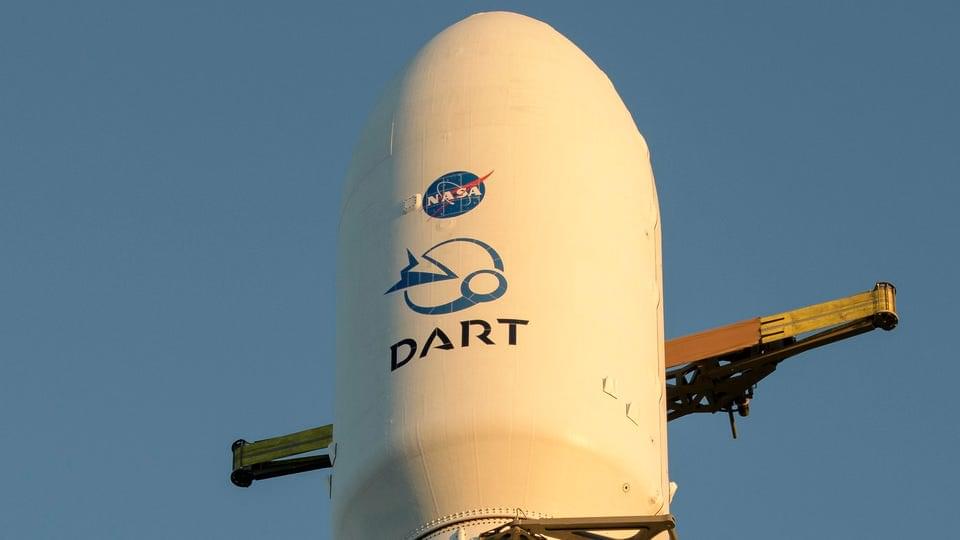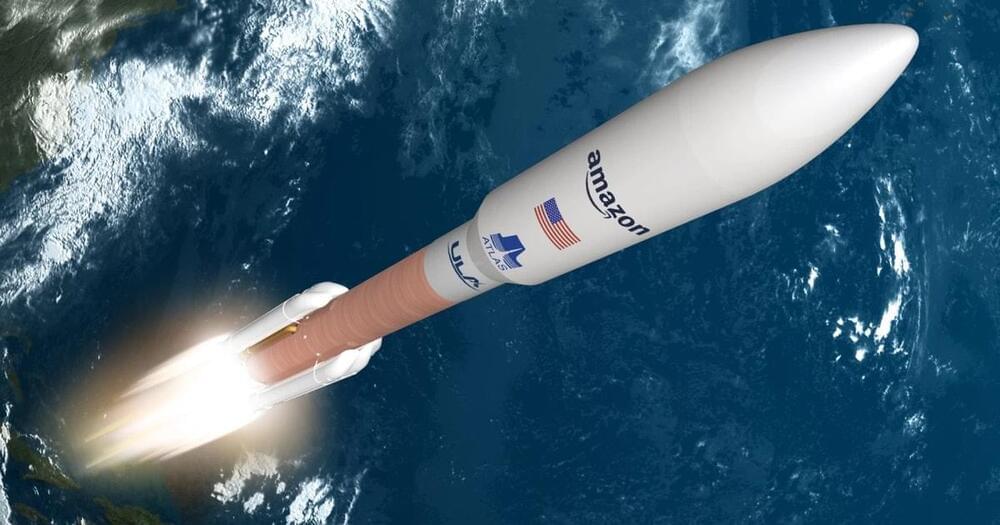Nov 30, 2021
New discovery opens the way for brain-like computers
Posted by Dan Kummer in categories: drones, mobile phones, particle physics, robotics/AI, satellites
Research has long strived to develop computers to work as energy efficiently as our brains. A study, led by researchers at the University of Gothenburg, has succeeded for the first time in combining a memory function with a calculation function in the same component. The discovery opens the way for more efficient technologies, everything from mobile phones to self-driving cars.
In recent years, computers have been able to tackle advanced cognitive tasks, like language and image recognition or displaying superhuman chess skills, thanks in large part to artificial intelligence (AI). At the same time, the human brain is still unmatched in its ability to perform tasks effectively and energy efficiently.
“Finding new ways of performing calculations that resemble the brain’s energy-efficient processes has been a major goal of research for decades. Cognitive tasks, like image and voice recognition, require significant computer power, and mobile applications, in particular, like mobile phones, drones and satellites, require energy efficient solutions,” says Johan Åkerman, professor of applied spintronics at the University of Gothenburg.
